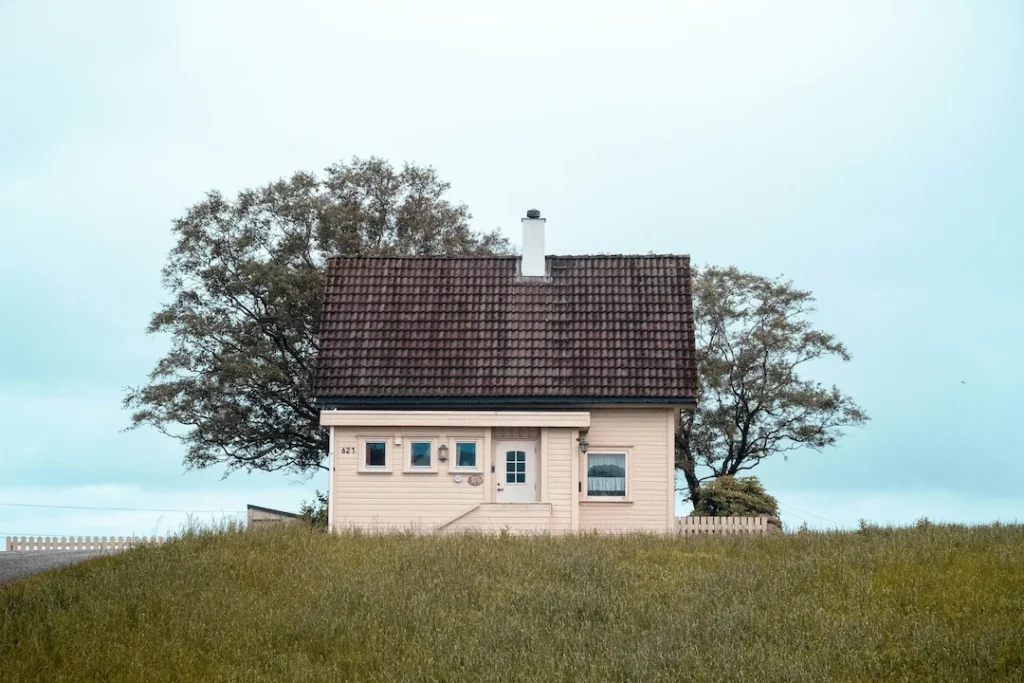Passive House (or Passivhaus) certification is globally recognized as the gold standard in energy-efficient construction. But what does it take to achieve this elite designation? In this guide, we’ll walk through the key requirements, principles, and real-world experience behind getting your home or building Passive House certified—ensuring not just energy savings, but long-term comfort and resilience.
What Is Passive House Certification?
At its core, Passive House certification verifies that a building meets rigorous standards for energy performance, indoor comfort, and sustainability. Overseen by the Passive House Institute (PHI) in Germany or by PHIUS in the U.S., certification ensures that a building is designed and constructed to consume as little energy as possible while providing exceptional comfort and air quality year-round.
The 5 Core Principles of Passive House Design
Passive House buildings are engineered with five foundational principles:
Super Insulation: Dramatically reduces heat transfer. Walls, roofs, and floors are highly insulated to maintain indoor temperatures.
Airtight Construction: Limits unintended air leakage. Verified with a blower door test aiming for ≤ 0.6 ACH50.
Thermal Bridge-Free Design: Prevents heat loss through architectural weak points.
High-Performance Windows and Doors: Triple-glazed units with low U-values and high solar heat gain coefficients.
Mechanical Ventilation with Heat Recovery (MVHR): Delivers fresh air while recovering up to 75%+ of heat from exhaust air.
These principles are not mere add-ons—they form a holistic system that transforms how buildings perform.

Quantitative Requirements for Certification
A project seeking Passive House certification must meet the following performance metrics:
Space Heating Demand: ≤ 15 kWh/m²/yr or ≤ 10W/m² peak load.
Space Cooling Demand: Similar threshold, with allowances for dehumidification based on climate.
Primary Energy Demand (PER): ≤ 60 kWh/m²/yr for Classic certification.
Airtightness: ≤ 0.6 air changes per hour at 50 Pa (ACH50).
Thermal Comfort: Max 10% of the year over 25°C in living areas.
Projects are modeled using the Passive House Planning Package (PHPP), a robust software tool that analyzes building performance.
PHI vs PHIUS: Understanding the Difference
PHI (Passive House Institute, Germany) developed the original standard.
PHIUS (Passive House Institute US) tailors criteria to North American climate zones.
While their core philosophies are aligned, PHIUS incorporates climate-specific benchmarks and different modeling tools (WUFI Passive).
Certification Pathways
There are three main pathways to building certification:
Passive House Classic: Meets core energy standards without onsite renewables.
Passive House Plus: Integrates moderate renewable energy generation.
Passive House Premium: High-performance buildings with significant renewable input.
There’s also EnerPHit, a specialized standard for retrofitting existing buildings to near-Passive House performance.
The Process: From Planning to Certification
Pre-Design Consultation: Work with a certified Passive House designer early.
PHPP Modeling: Your project is modeled to predict performance.
Component Selection: Use certified components where possible (e.g., windows, HRVs).
Construction Monitoring: Key steps (like airtightness) are verified onsite.
Final Verification and Certification: Submit documentation and blower door test results for final review.

From Theory to Reality
As detailed in Passive House Made Simple, Riley Carter’s own family home became a laboratory of discovery. Despite initial doubts, they embraced the airtightness tests, ventilation fine-tuning, and cost anxieties. Over time, they found that living in a Passive House meant not thinking about comfort at all—because the house simply delivered it, quietly and reliably.
Why Certification Matters
While a building can meet Passive House standards without being certified, official certification:
Ensures Performance: Independent verification protects your investment.
Improves Market Value: Buyers recognize the credibility and quality assurance.
Unlocks Incentives: Some jurisdictions offer rebates or financing for certified buildings.
Supports Global Climate Goals: Verified Passive Houses are part of the global solution.
Building a Better Tomorrow
Passive House certification is more than an energy standard—it’s a commitment to comfort, health, and sustainability. As Riley Carter’s experience shows, this path is not only technically achievable, but profoundly rewarding. Whether you’re building new or retrofitting old, meeting these certification requirements puts you on the frontier of resilient, future-proof living.

